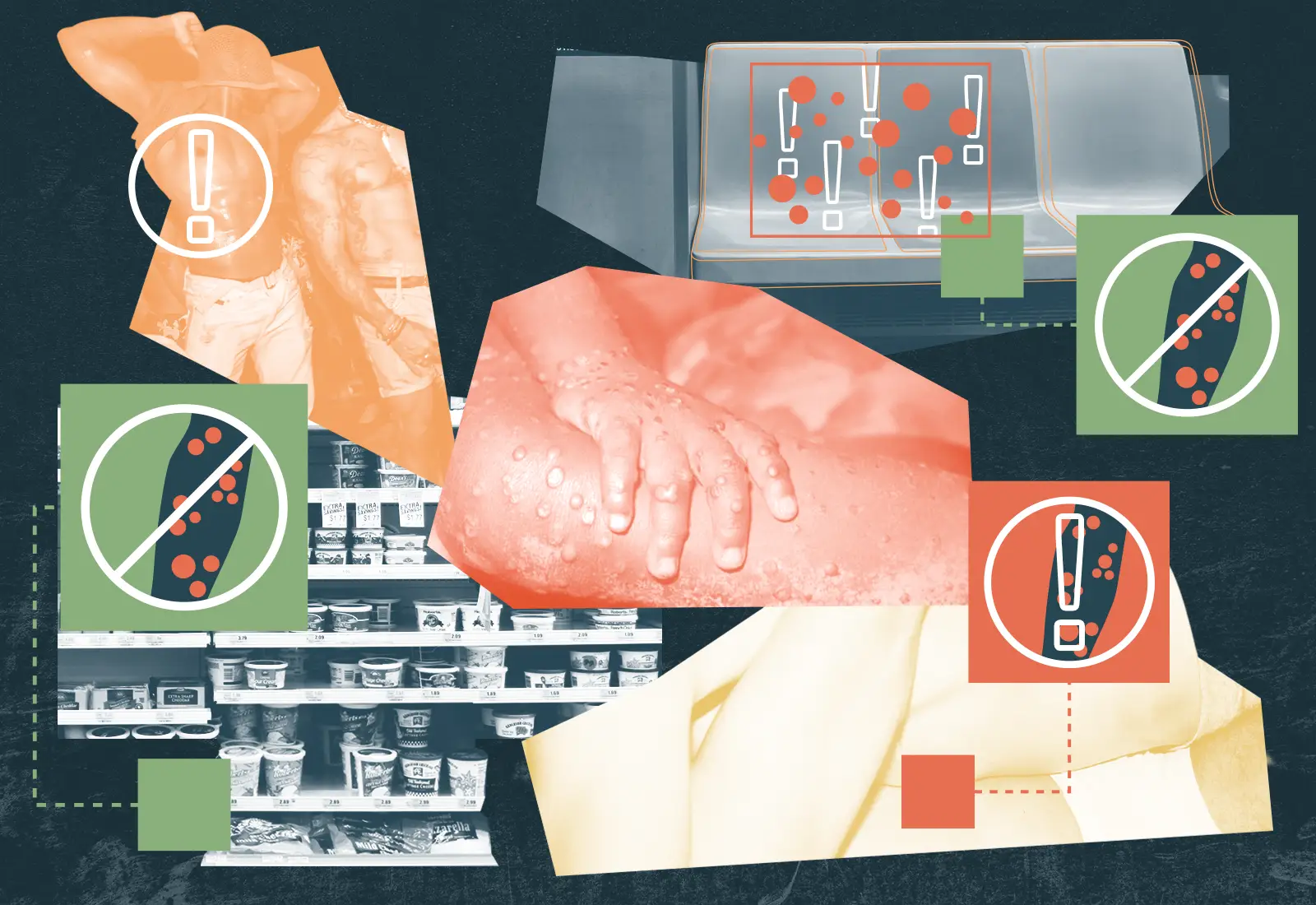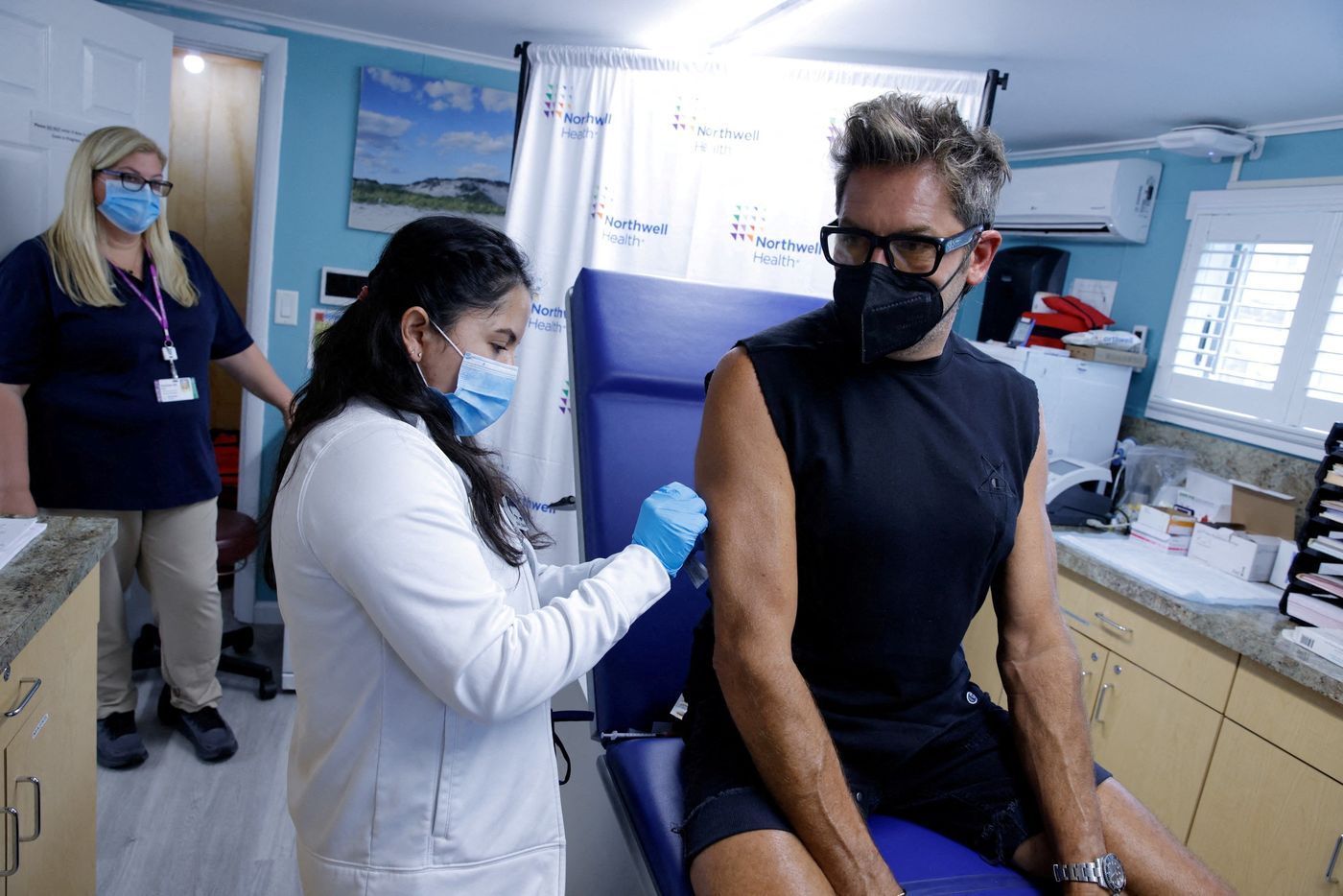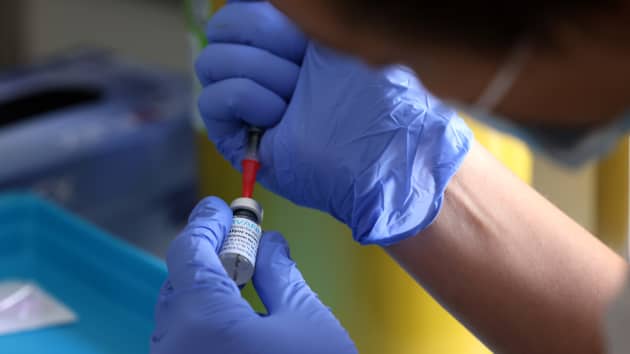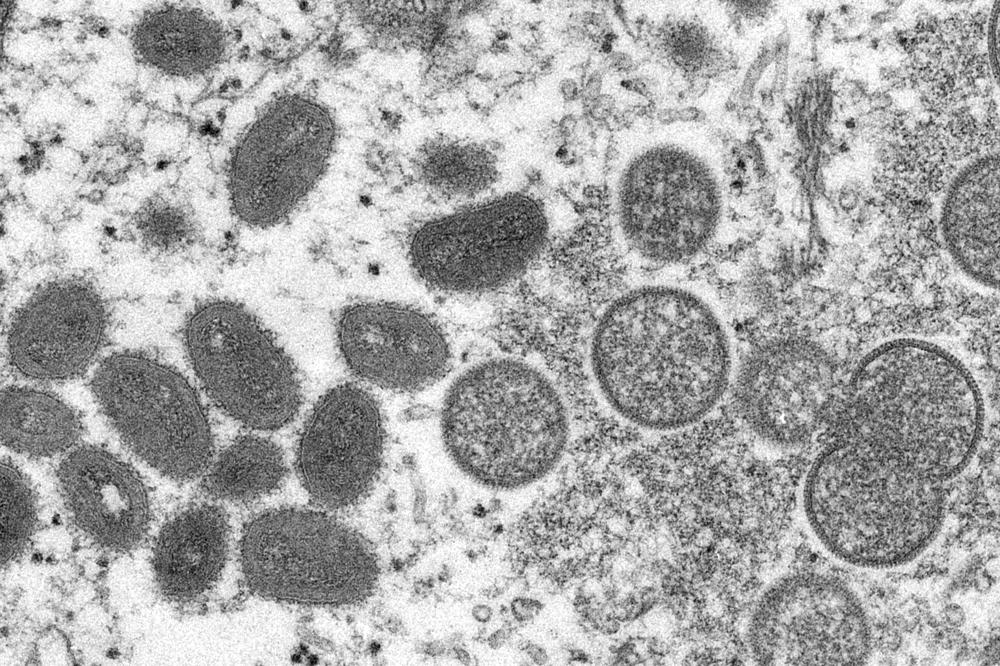The rise of a new ‘Deltacron’? BA.5 combines the worst traits of Omicron with the potential for severity reminiscent of Delta, experts say
Relatively new COVID-19 subvariant BA.5 takes some of Omicron’s worst traits—transmissibility and immune evasion—to a new level.
But it also combines them with a penchant for affecting the lungs reminiscent of the Delta variant that hit the U.S last summer and fall, according to two recent studies.
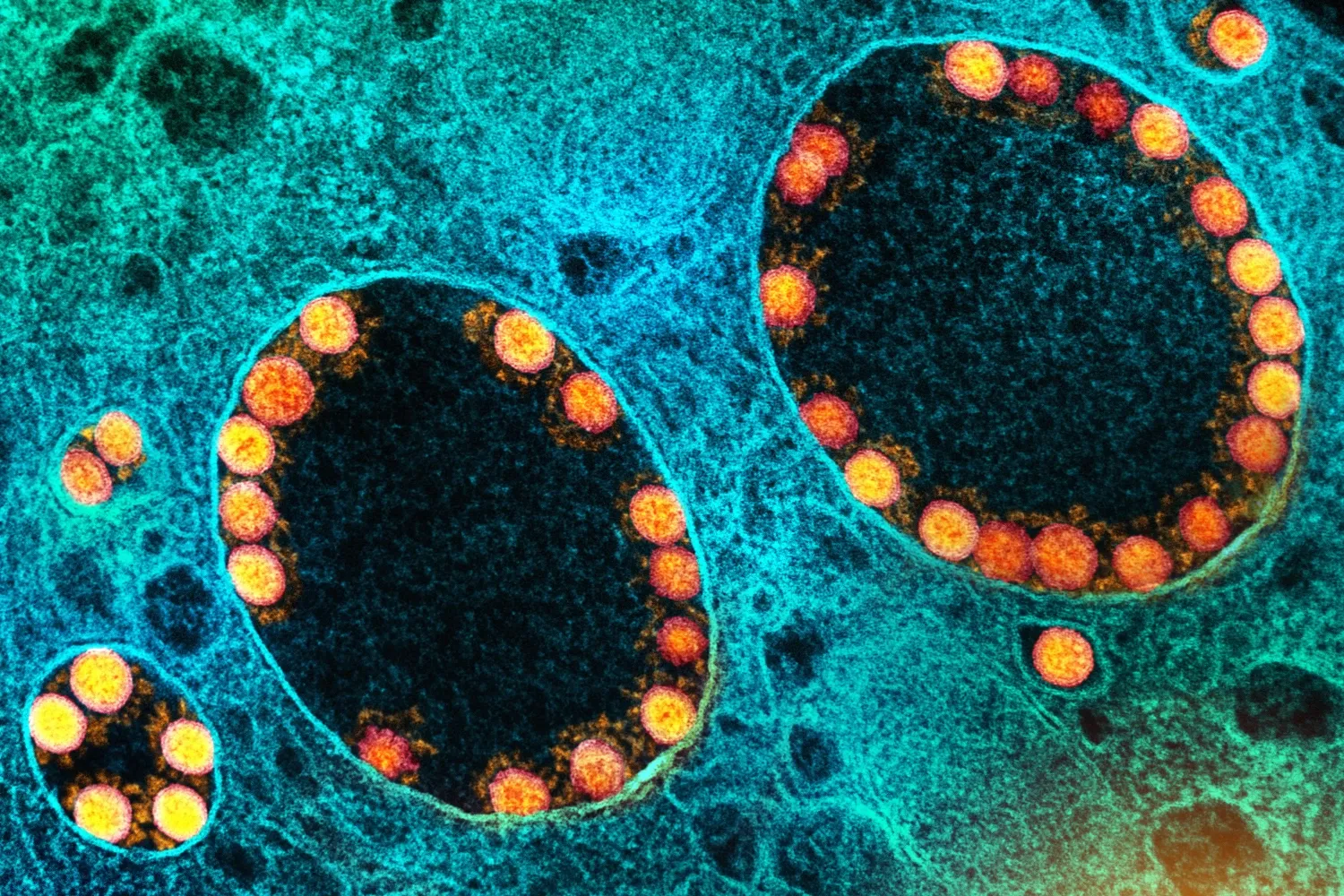
In the case of Delta, COVID tended to accumulate in and affect the lungs, potentially resulting in more severe disease. Until recently, a silver lining of Omicron has been its tendency to instead accumulate in the upper respiratory tract, causing symptoms more similar to a cold or the flu.
BA.5 is different, according to a study published June 10 on medRxiv, a Yale– and British Medical Journal–affiliated website that publishes studies not yet certified by peer review. Recent reports show BA.5 shifting back to the lower respiratory tract—at least in animal models—“with a potential increase in disease severity and infection within lung tissue,” researchers from Australia’s Kirby Institute wrote. They referenced another May preprint study that found BA.5 and close relative BA.4 replicate more efficiently in the alveoli of human lungs than so-called stealth Omicron, BA.2.
“BA.5 not only gives the virus greater antibody evasion potential, but concurrently has changed [where it tends to accumulate], along with an increased transmission potential in the community,” the Kirby Institute authors write.




